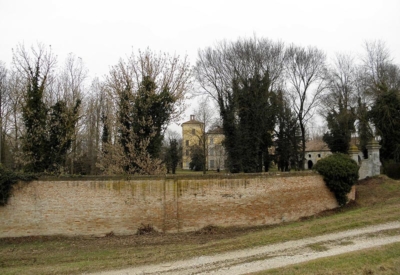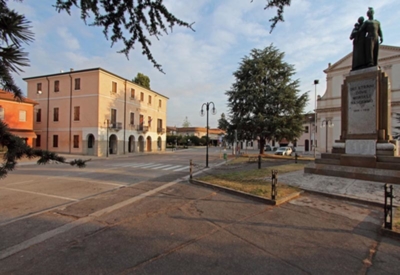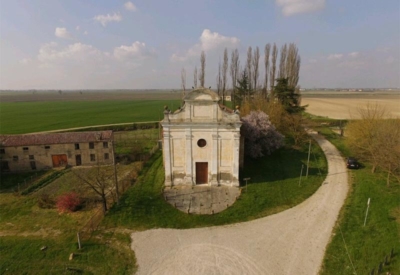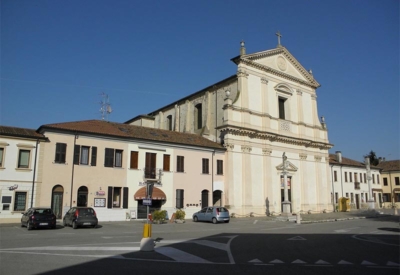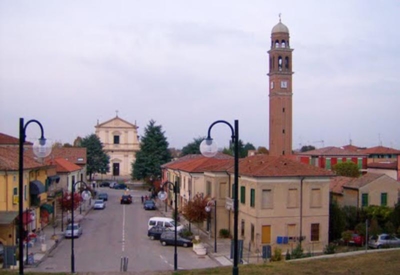STIENTA
The origins of the village date back to the 10th century, when the entire surrounding area was administered by the church of Ravenna and one locality was distinguished from the other only by the name of the main agricultural fund.
A deed from the year 956 AD is preserved in the notarial archives of Modena, indicating this land as Santo Stefano di Caligo or Gallito.
In a book by A. Vasina entitled “Regestum saeculi bonorum Ecclesiae Ravennatis in territorio ferrariensi” it is written that in the 10th century in this area there was a “fundus qui dicitur bolonitico ..” and again “episcopus de fundus qui vocatur SEPTIGNENTA territorio ferariense plebe Sancti Stefani in Gallito . “.
It is marked that Septignenta because according to the evolution of the written language, almost certainly in the vernacular the word contracted into STIENTA.
The best way to get to Stienta is to ride, perhaps by bicycle, along the scenic road on the embankment top of the Po River. From here until the early decades of the last century it was possible to see several mills held to the banks by a rope, and a “burga,” a basket full of stones. Inside the mills the miller led a hard and often lonely life. On winter evenings to stave off hunger, a dough of water, lard and flour was prepared from which came out the crispy and tasty pinza alla munara that is still offered on tables in many typical local eateries. Staying on the riverbank, one notices in all its grandeur Villa Camerini Bertelè, built around the middle of the 1700s. The three-story complex is equipped on the sides with two towers, respecting the canons of Emilian-Eastern military architecture. Six kilometers from the center, in the locality of S. Genesio, stands an ancient oratory dedicated to the Blessed Virgin. The small building was part of a Benedictine agricultural court and holds a miraculous effigy of the Virgin that has been an object of veneration for centuries. For food lovers not to be missed is the September gastronomic palio.
Worth Visiting
Church of St. Stephen, Pope and Martyr
Oratory of St. Genesius, or also Church of Our Lady of St. Genesius, in the locality of Zampine
City Hall
Villa Camerini-Bertelè, an 18th-century building located near the built-up area

